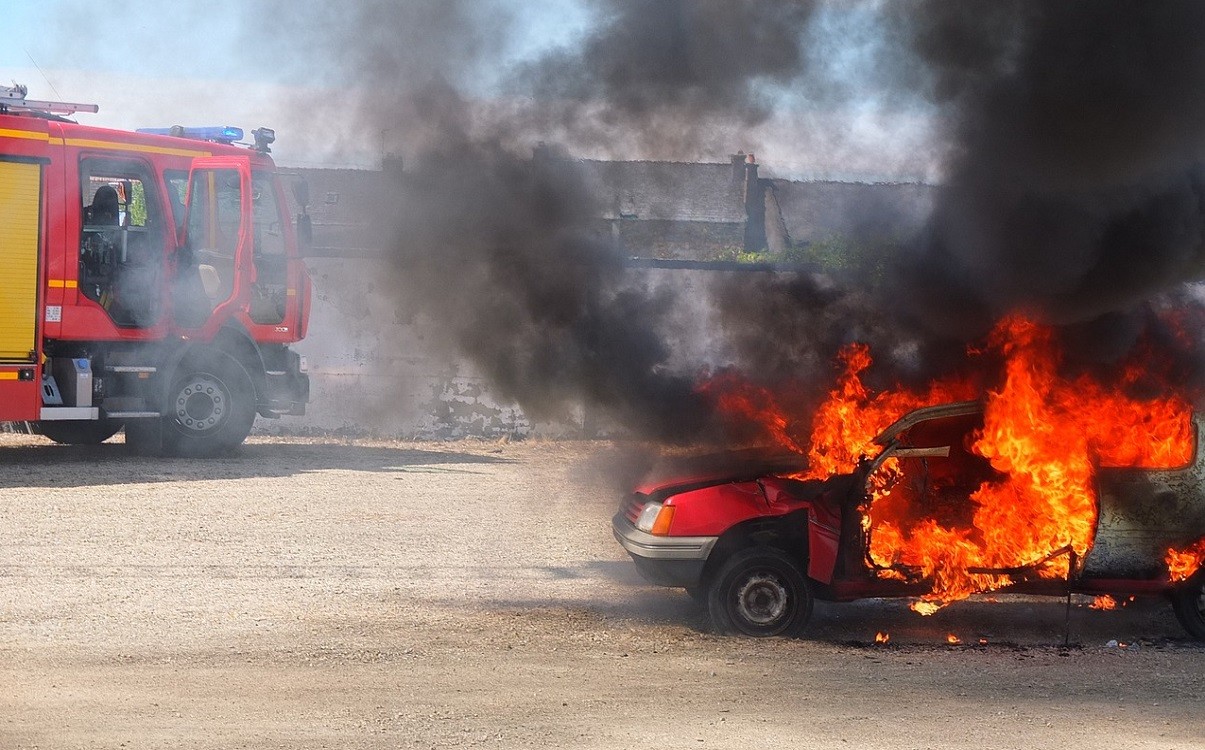What happens if an electric car burns in a road tunnel or an underground car park?
In the Hagerbach test tunnel in Switzerland, Empa researchers and tunnel safety expert Lars Derek Mellert set fire to battery cells of electric cars, analyzed the distribution of soot and smoke gases and the chemical residues in the extinguishing water.
There’ s a loud bang, and then it starts, the meter-long flames hiss through the tunnel and produce enormous amounts of thick, black soot. The visibility in the previously brightly lit tunnel section quickly approaches zero. After a few minutes, the battery module is completely burnt out. Ash and soot have spread throughout the room.
What to do if such a car catches fire? What are the health risks? Until now there has been hardly any meaningful technical data, let alone practical experience for such a case.
The chemical composition of the soot and possible corrosion effects were analyzed in the Empa laboratories. In terms of heat development a burning electric car is not more hazardous than a burning car with a conventional drive.
“The pollutants emitted by a burning vehicle have always been dangerous and possibly fatal,” says Lars Derek Mellert. Regardless of the type of drive or energy storage system,in the event of a fire, get everyone out of the danger zone as quickly as possible.
The soot contains large amounts of cobalt oxide, nickel oxide and manganese oxide. These heavy metals cause severe allergic reactions on unprotected skin.” So clean-up after an electric car fire is definitely a job for professionals in protective suits.









